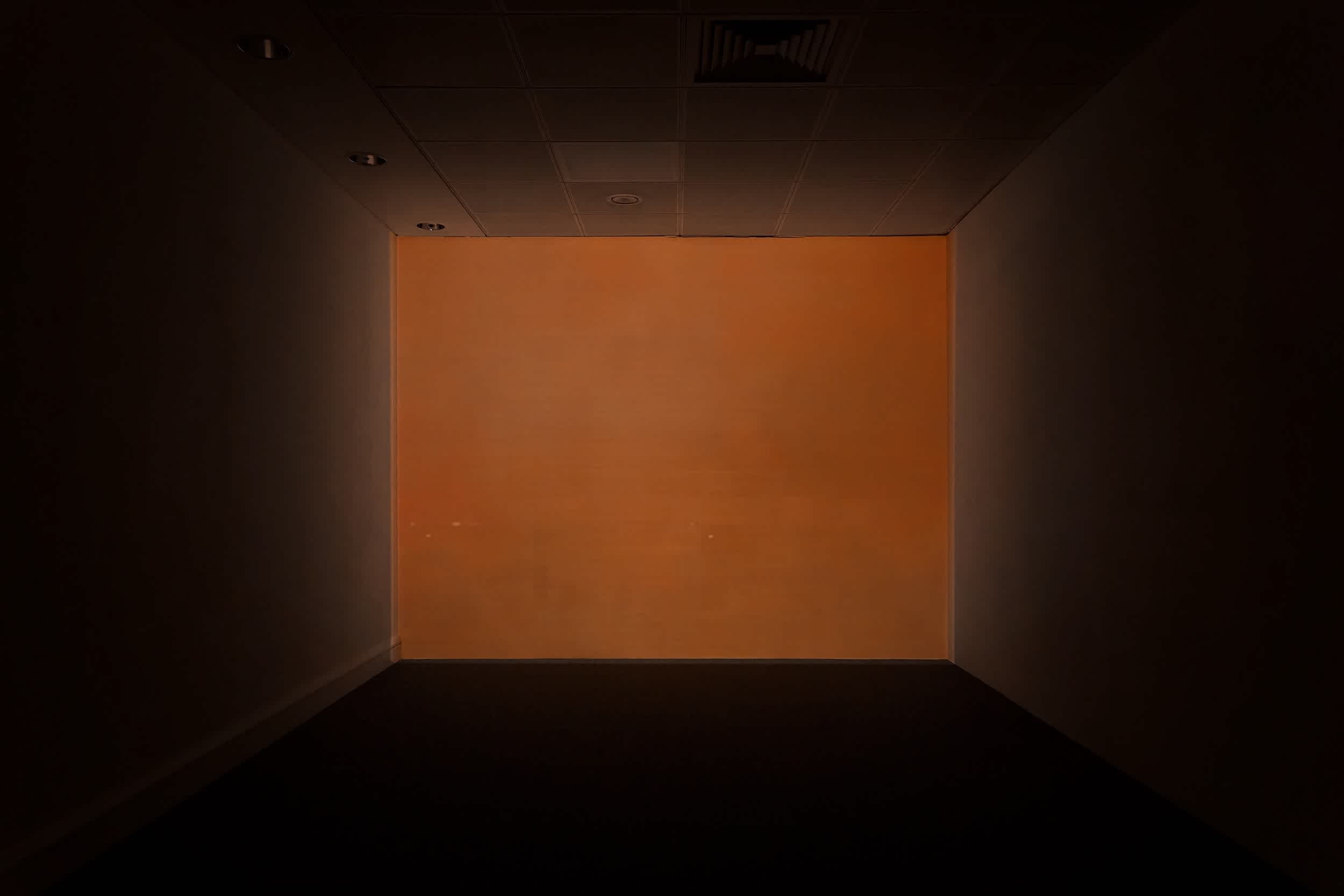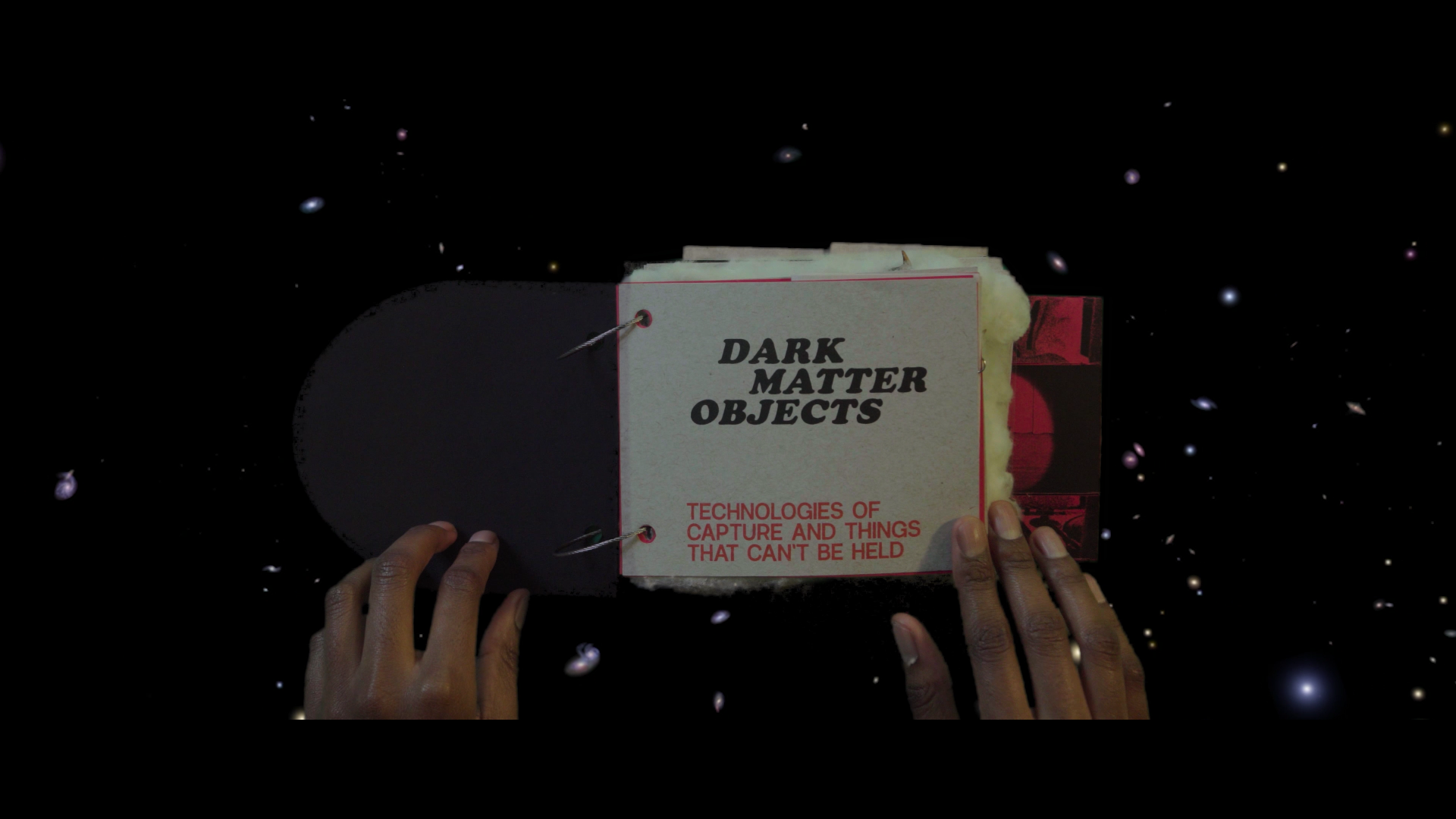
On View: November 21
This Video Viewing Room features Neta Bomani’s Dark matter objects: Technologies of capture and things that can’t be held (2018–present), a storybook for children and adults about computational history and technology. The video was viewable in full from November 22, 2021–March 21, 2022.
This presentation is organized by Legacy Russell, Executive Director and Chief Curator.
“Those of us who teach, write, and think about slavery and its afterlives encounter myriad silences and ruptures in time, space, history, ethics, research and method as we do our work. Again and again scholars of slavery face absences in the archives as we attempt to find the agents buried beneath.” —Hortense Spillers, “Mama’s Baby, Papa’s Maybe: An American Grammar Book
“We say blackness and the imagination are none. How soft that softest darkness bends the light.” —Fred Moten, The Universal Machine
Dark matter objects: Technologies of capture and things that can’t be held is a one-of-a-kind handmade audio zine compiled by Neta Bomani about technology that studies computational history and terminology as it defines social, political, economic, racialized, gendered and other relations that emerge from the systemic structures that undergird the specifications of the technology used by people and in turn, choreograph the social behaviors and rituals of daily life. (1)
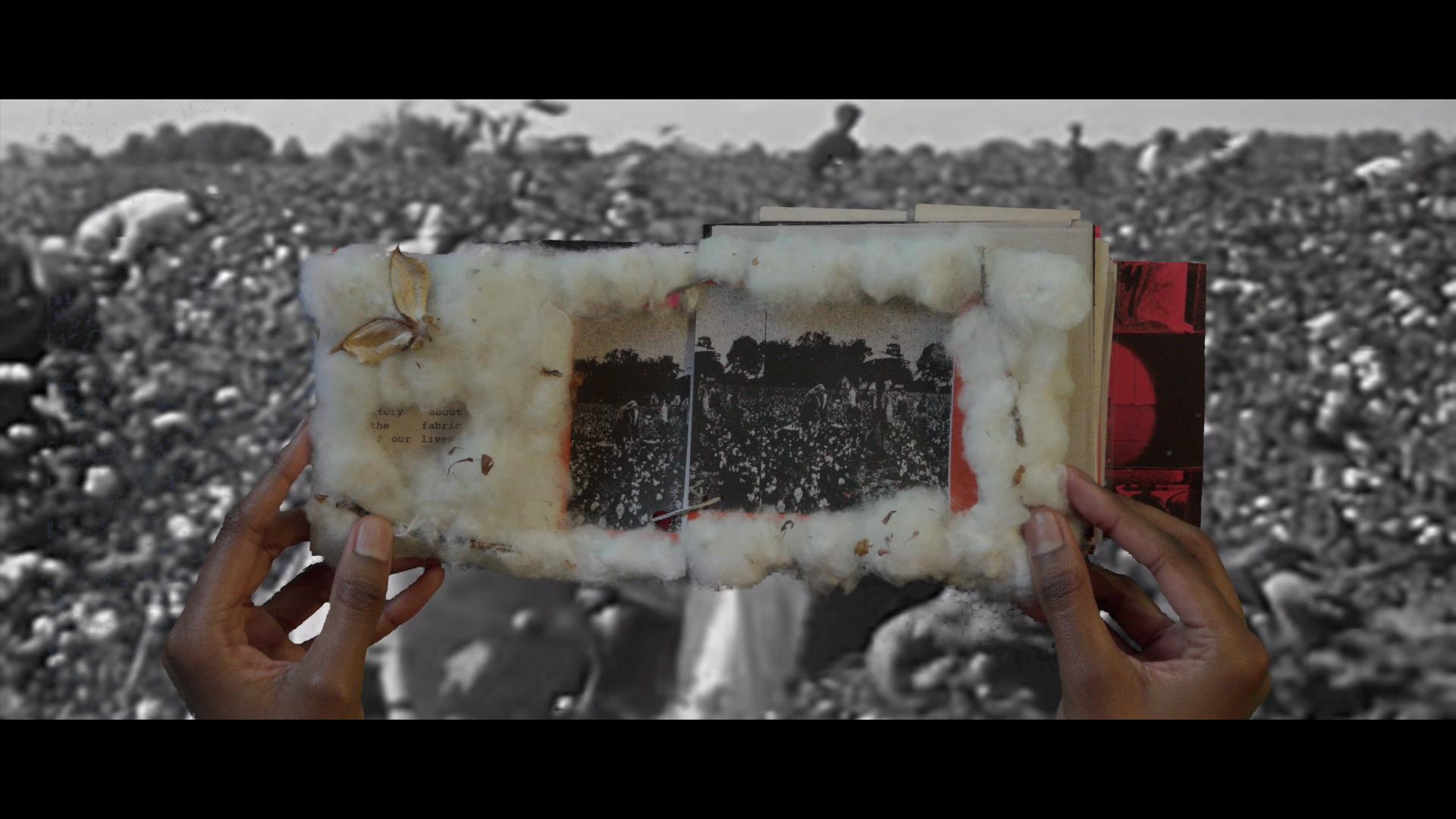
The audio zine features an original theme song by Christelle Bofale and score by Khari Lucas alongside narration by Alexander Fefegha, American Artist, Ashley Jane Lewis, Bomani Oseni McClendon, Gabrielle Octavia Rucker, Galen Macdonald, Fred Moten, Kameelah Janan Rasheed, Laolu Numa, Lina Chang, Marilyn Nance, Melanie Hoff, Sadé Powell, Simone Browne, Sol Cabrini de la Ciudad, Stephanie Dinkins, Sydney Spann, and Zisiga Mukulu. For a complete list of credits and acknowledgements, visit: netabomani.com/darkmatter.
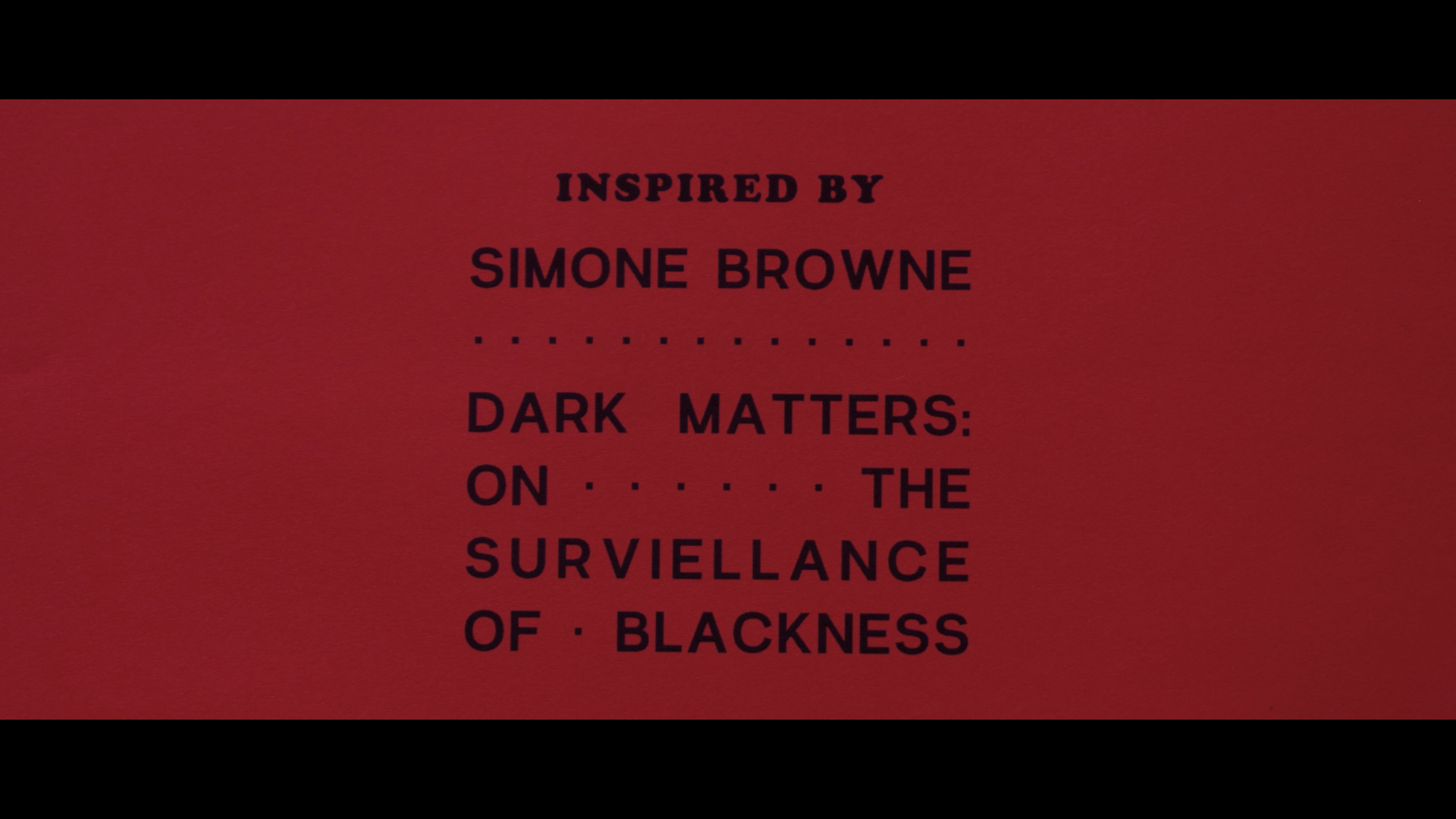
Dark matter objects is inspired by a book by Simone Browne titled Dark Matters: On the Surveillance of Blackness. In Dark Matters, Browne argues that theories around surveillance technologies should be grounded in an analysis of the surveillance technologies which arose out of the transoceanic slave trade, slavery and the Jim Crow era. Bomani considers dark matter objects as computational processes and autotheroetical reflections in conversation with Simone Browne’s concept of dark matter:
“The concept of dark matter might bring to mind opacity, the color black, limitlessness and the limitations imposed on blackness, the dark, antimatter, that which is not optically available, black holes, the Big Bang theory, and other concerns of cosmology where dark matter is that nonluminious component of the universe that is said to exist but cannot be observed, cannot be recreated in laboratory conditions. Its distribution cannot be measured; its properties cannot be determined; and so it remains undetectable. The gravitational pull of this unseen matter is said to move galaxies. Invisible and unknowable, yet somehow still there, dark matter, in this planetary sense, is theoretical.” (2)

Dark matter objects, to reference Christina Sharpe, are wake objects “occupied by the continuous and changing present of slavery’s as of yet unresolved unfolding.” As computational objects, they are processes that work through the memory and grief that comes with the violent history of slavery. Dark matter objects reckon with the “reapparances of the slave ship in everyday life in the form of the prison, the camp, and the school.”
When Dark matter objects was originally screened in The Kitchen’s Video Viewing Room, Bomani encouraged audiences to join her in supporting Survived and Punished NY by calling for New York state to deliver reparations for criminalized survivors. Read the report here. Make a tax deductible donation to Survived & Punished here.
Archival materials related to Dark matter objects

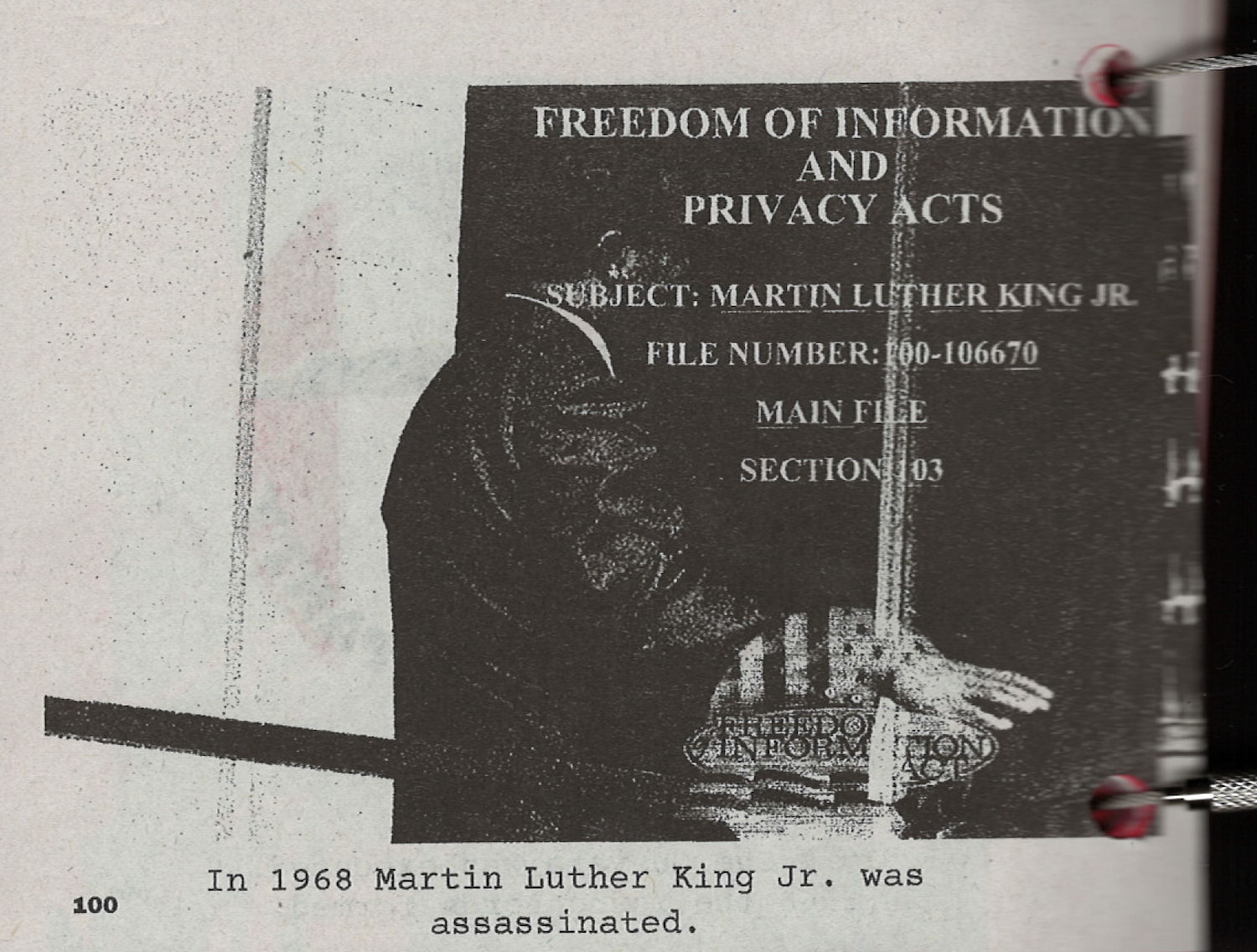
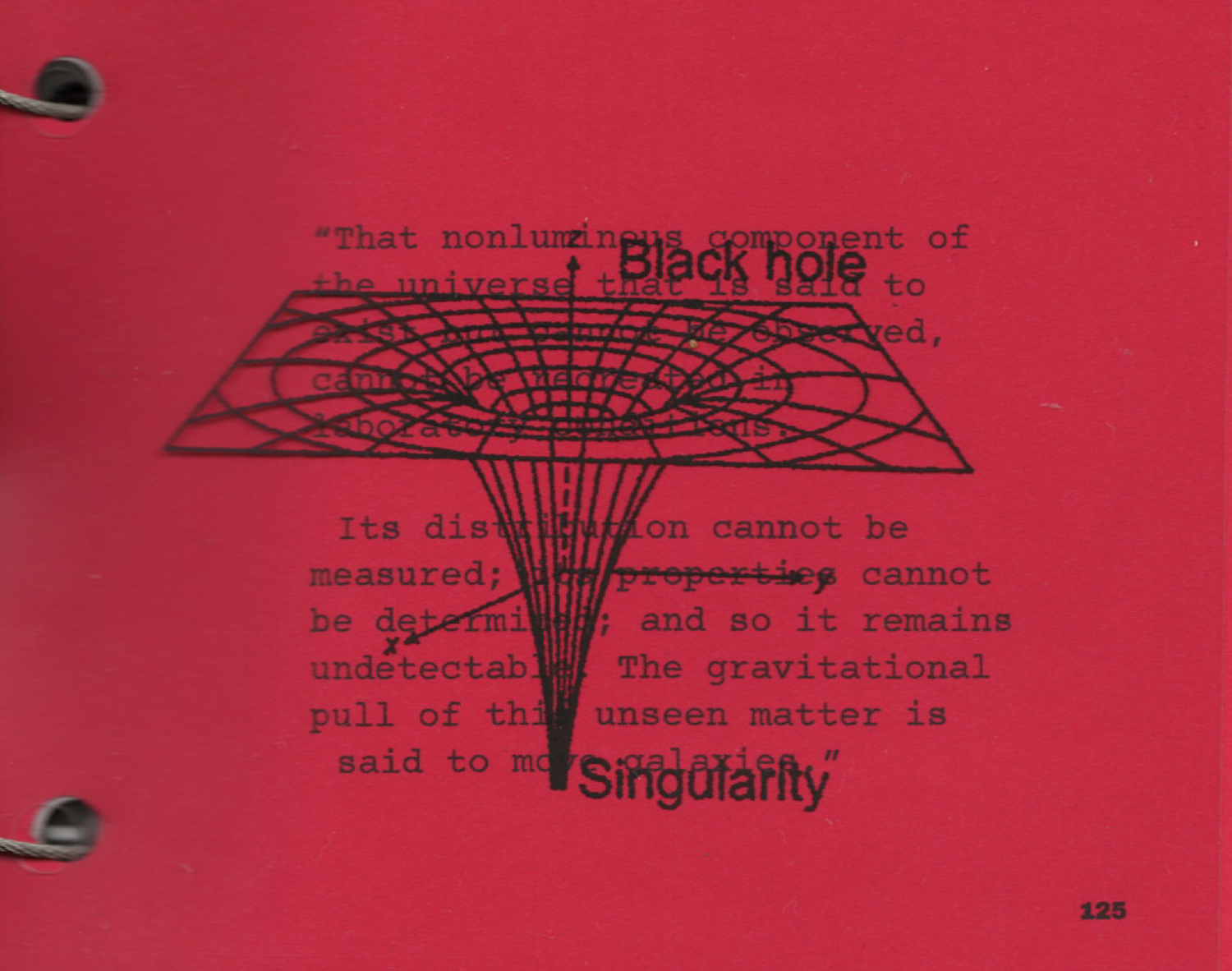
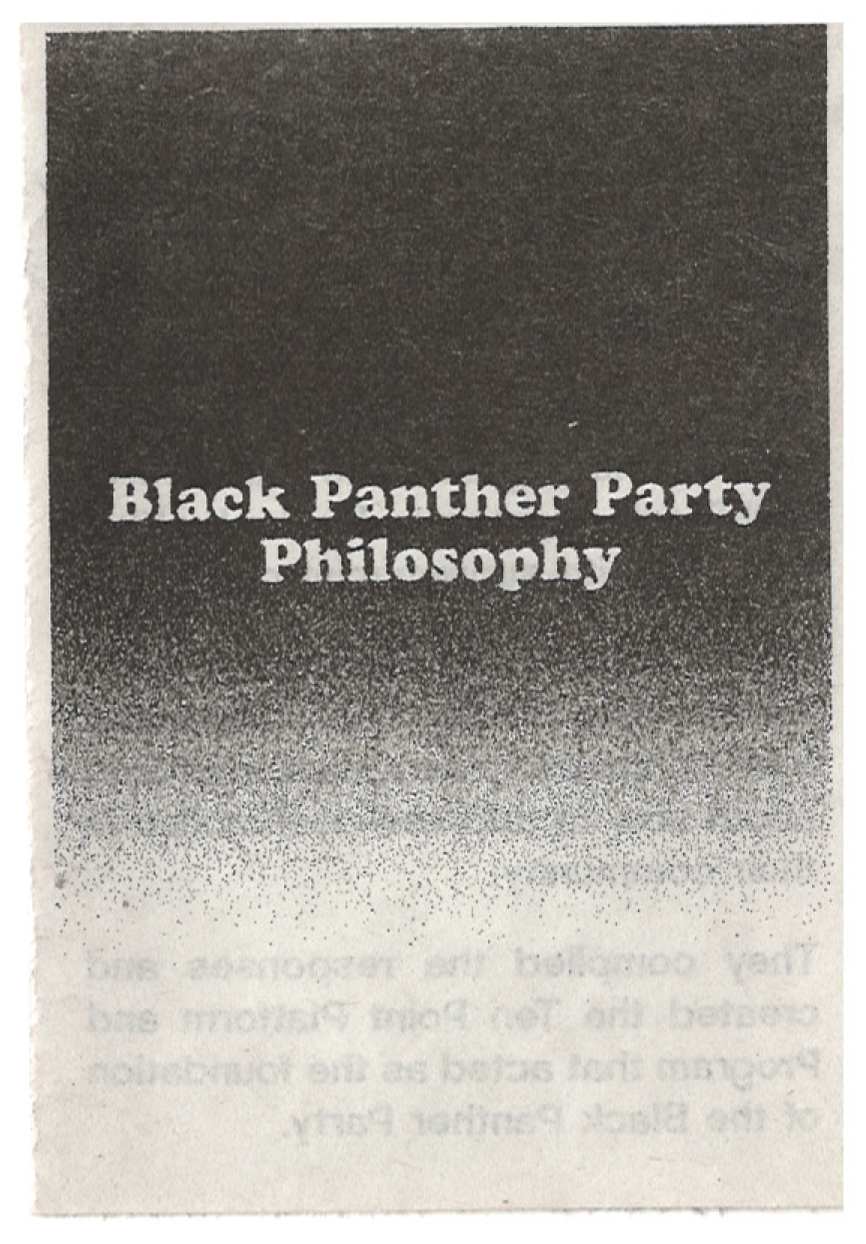
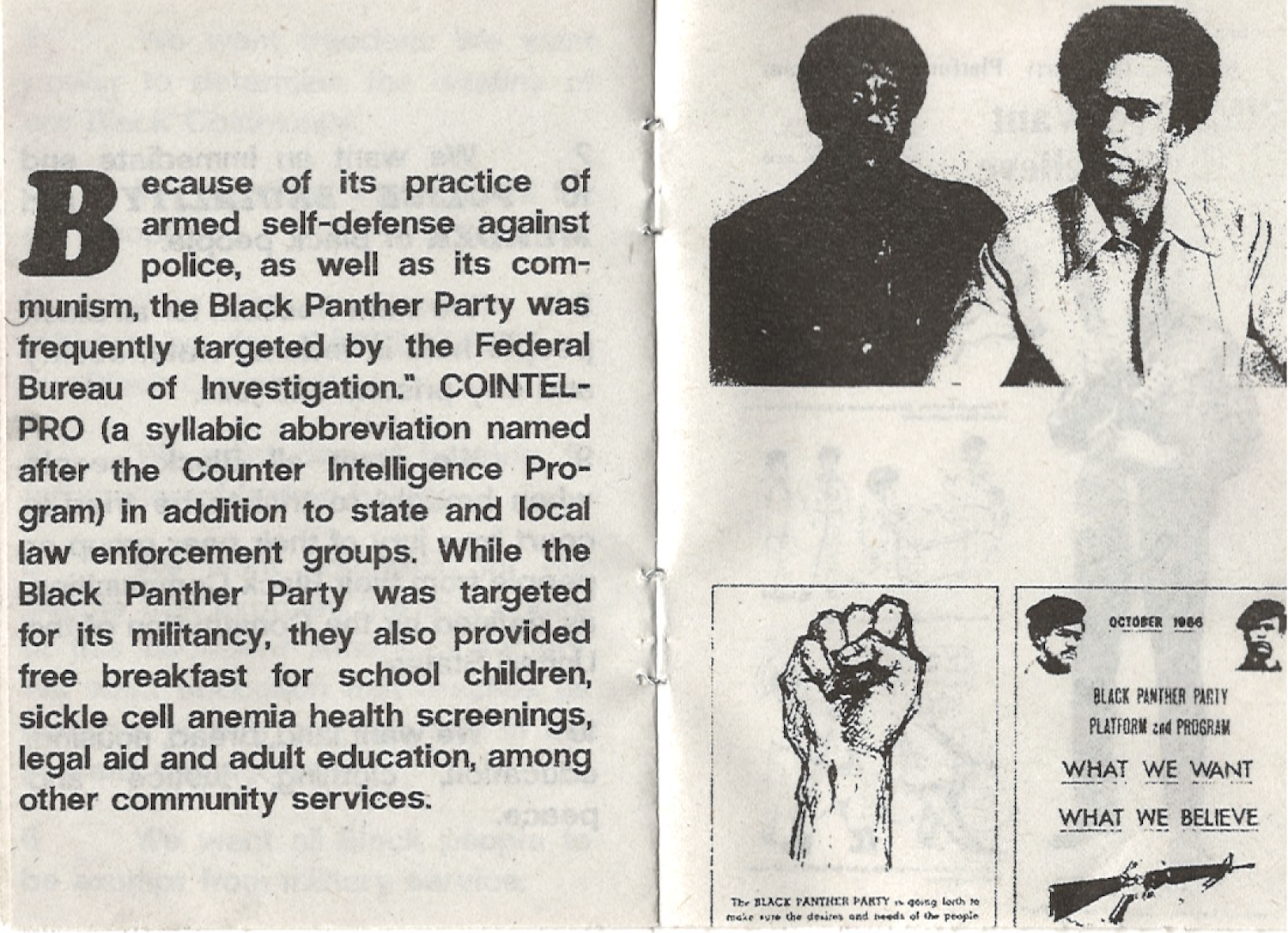

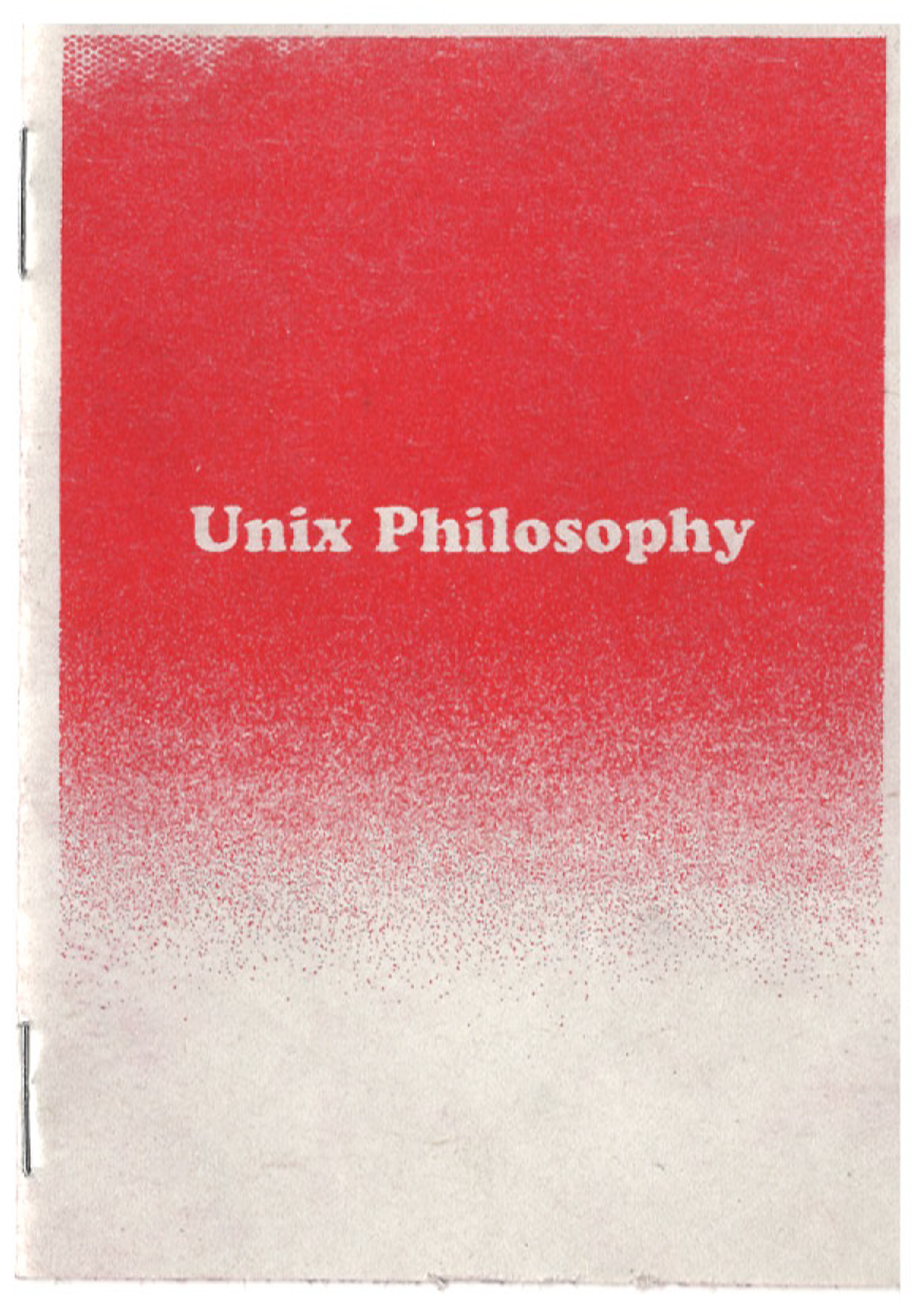
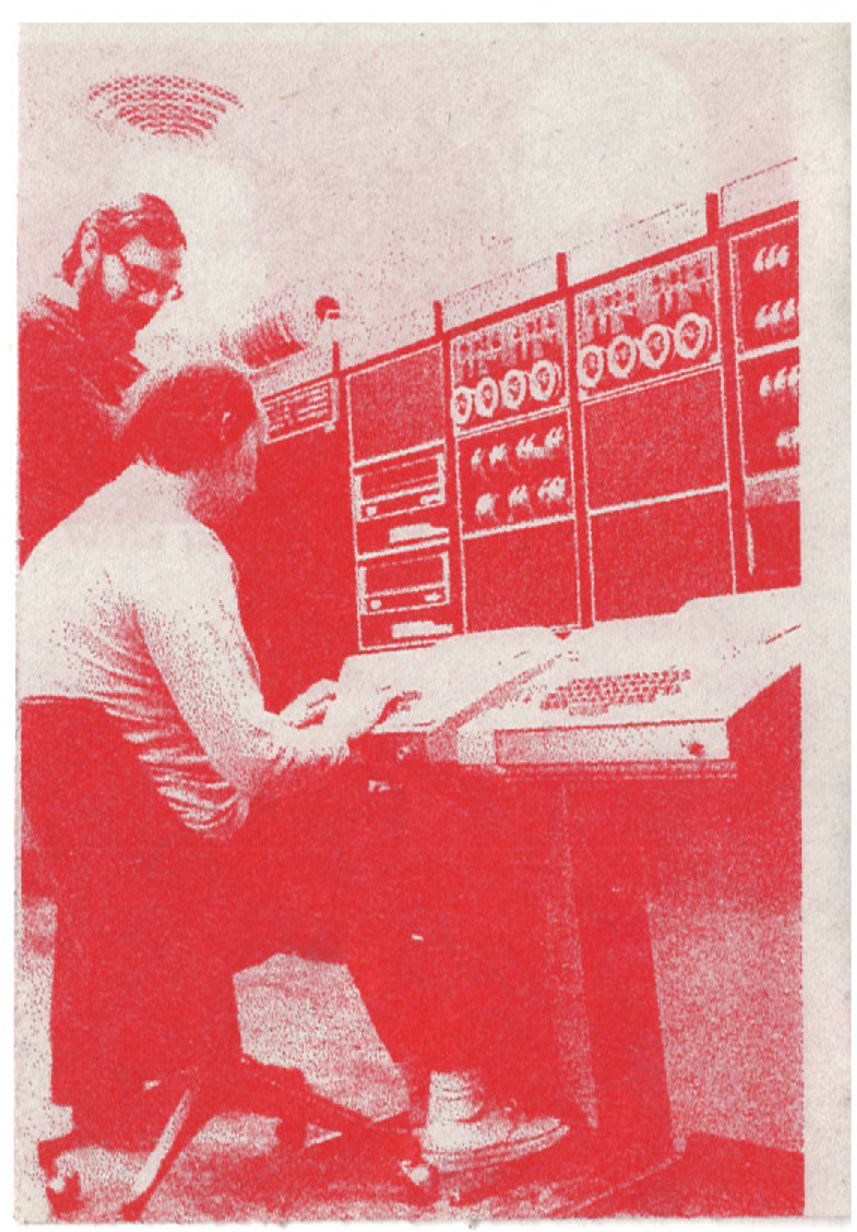
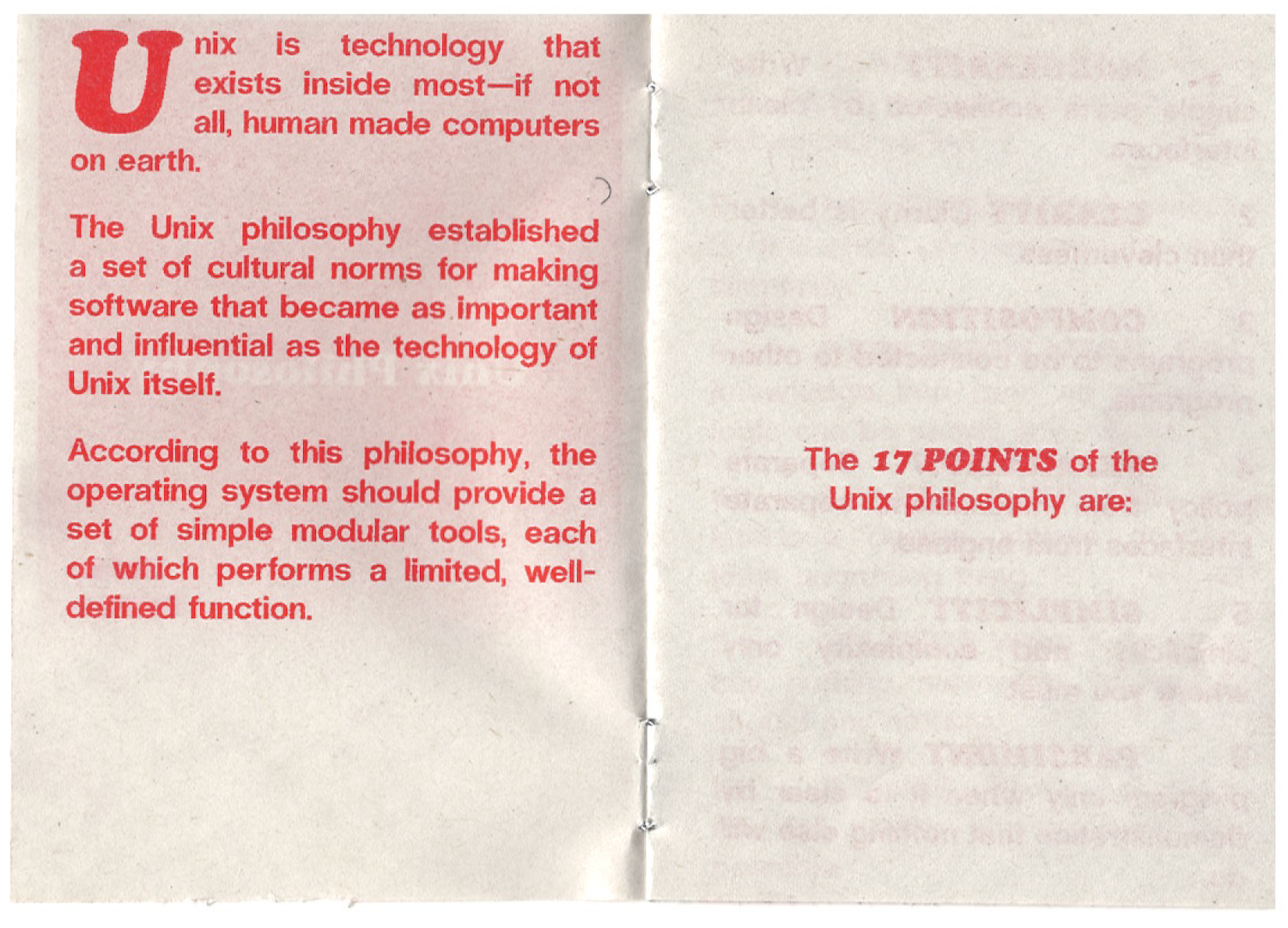
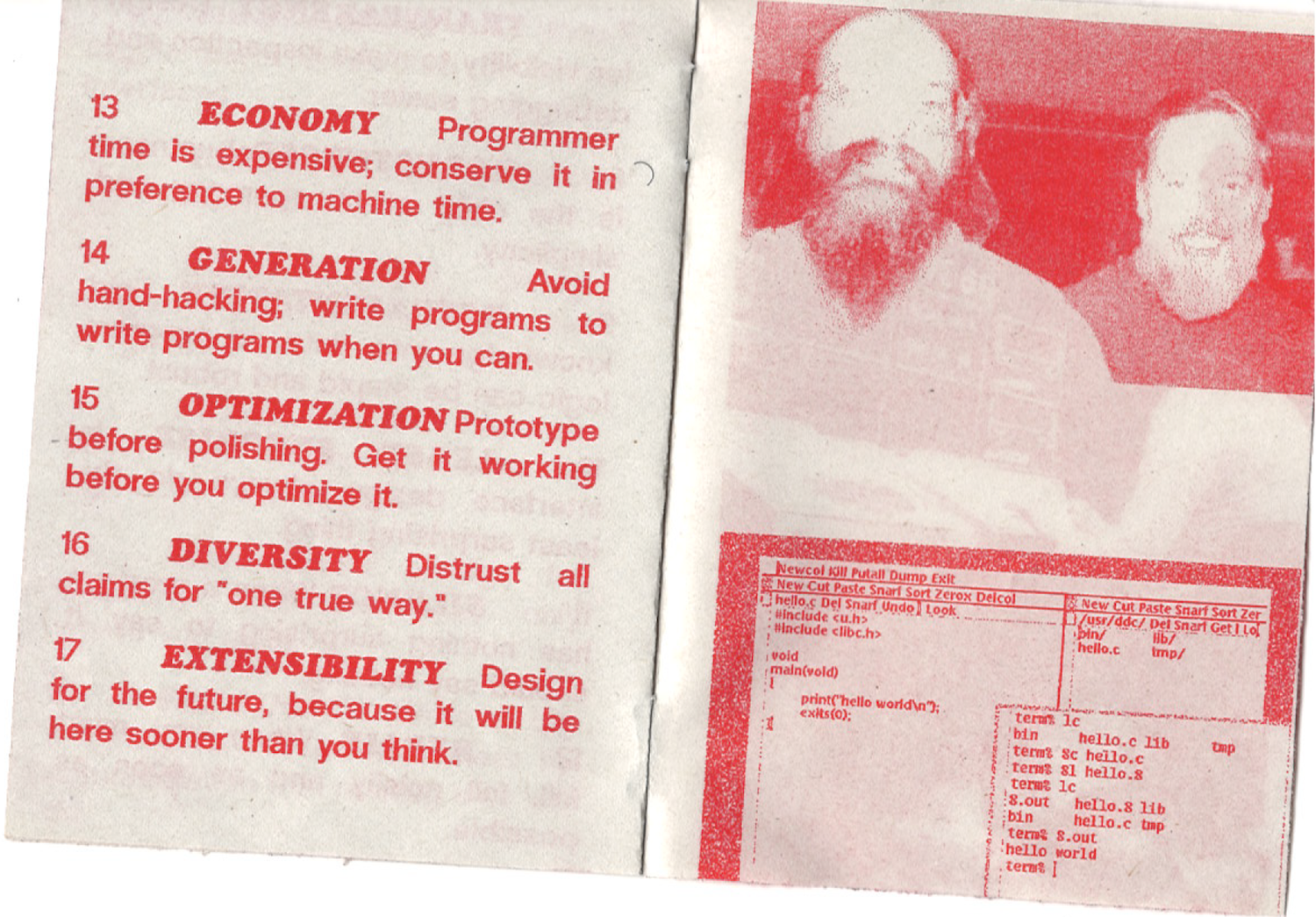
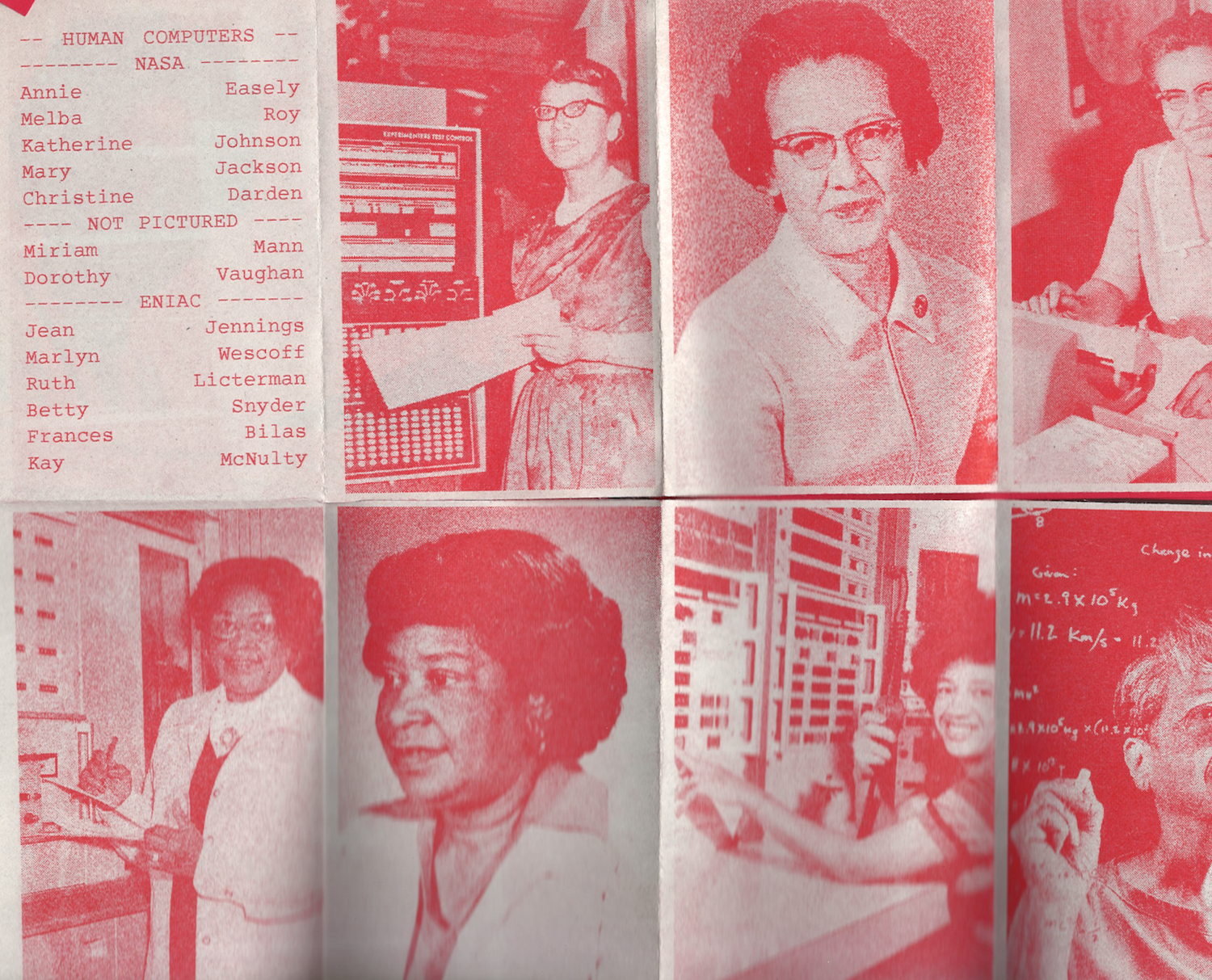
Bio
Neta Bomani is an abolitionist, learner and educator who is interested in parsing information and histories while making things by hand with human and non-human computers. Bomani’s work combines archives, oral histories, computation, social practices, printmaking, paper engineering, zine making, and workshops to create do it yourself artifacts. Bomani received a graduate degree in Interactive Telecommunications from the Tisch School of the Arts at New York University. Bomani has taught at the School for Poetic Computation, the New School, and Princeton University. Bomani has studied under Mariame Kaba, Simone Browne, Ruha Benjamin, Fred Moten and many others who inform Bomani’s work.
Footnotes:
[1] The phrase “technologies of capture” was originally said by Sol Cabrini de la Ciudad in a class taught by Fred Moten and Lenora Hanson at New York University titled “Abolition and the Hearing of Unheard languages: or, Chatter, Mumble, Stutter, Murmur, Rumor, Gossip.” Cabrini de la Ciudad originally used the term as a reference for how silence is mediated through recording technologies such as software for audio recording and editing or video conferencing platforms. In Dark Matter Objects, Bomani extends this notion to the slave ship, or rather, the hold transoceanic technologies have on the terminology across all technological disciplines. The master/slave relationship has been used for centuries in technology, often to explain situations where one master process or component controls a slave process or component whether that be in audio recording and engineering, software engineering, automobile engineering, transportation, photography, filmography, or printmaking.
[2] Simone Browne, Dark Matters: On the Surveillance of Blackness (Durham: Duke University Press, 2015), 9.
